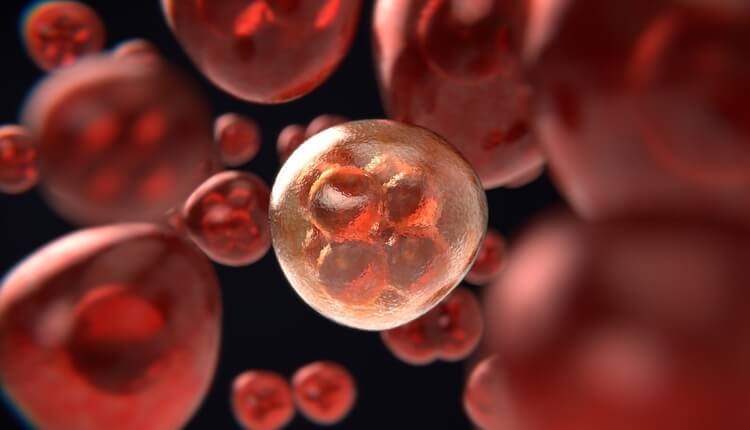Glowing Tumors to Track the Effectivity of Cancer Treatment

We have seen glow-in-the-dark objects but how many of us have ever heard of glowing tumors? The researchers at John Hopkin’s University have used the positron emission tomography (PET) to induce a synthesized radiolabeled protein on to a tumor within the body. This method will help the researchers to find out the extent to which immunotherapy is effective on the tumors and consequent cancer treatment. This study, published in the Journal of Chemical Investigation, was carried on mice. The procedure involved binding of the peptide with the programmed death ligand (PD-L1), which is a checkpoint target. This marking in turn helps to mark the receptor with a radiotracer that can be seen with PET imaging. The researchers intend to use other animal models to check for similar results. These results represent a necessary initial step toward finding safe, effective and personalized doses of immunotherapy. The researchers are working on improving the technique, thereby initiating clinical trials this year.
To know more, click here now!









